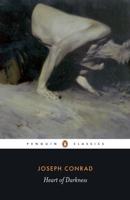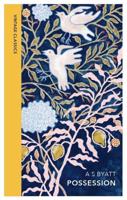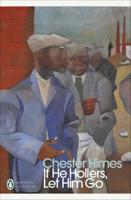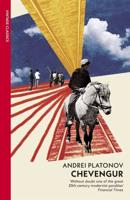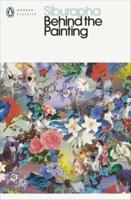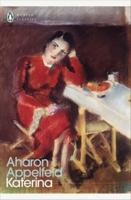Publisher's Synopsis
Clarissa, or, the History of a Young Lady is an epistolary novel by English writer Samuel Richardson, published in 1748. It tells the tragic story of a heroine whose quest for virtue is continually thwarted by her family and is regarded as one of the longest novels in the English language (based on estimated word count). It is generally regarded as Richardson's masterpiece. Pressured by her unscrupulous family to marry a wealthy man she detests, the young Clarissa Harlowe is tricked into fleeing with the witty and debonair Robert Lovelace and places herself under his protection. Lovelace, however, proves himself to be an untrustworthy rake whose vague promises of marriage are accompanied by unwelcome and increasingly brutal sexual advances. And yet, Clarissa finds his charm alluring, her scrupulous sense of virtue tinged with unconfessed desire. Told through a complex series of interweaving letters, "Clarissa" is a richly ambiguous study of a fatally attracted couple and a work of astonishing power and immediacy. A huge success when it first appeared in 1747, and translated into French and German, it remains one of the greatest of all European novels. Its rich ambiguities - our sense of Clarissa's scrupulous virtue tinged with intimations of her capacity for self-deception in matters of sex; the wicked and amusing faces of Lovelace, who must be easily the most charming villain in English literature - give the story extraordinary psychological momentum.

